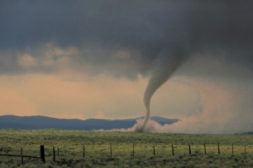Home » injuries
Articles Tagged with ''injuries''
Number of workplace suicides highest ever
Report also finds workplace homicides down
June 7, 2012
Here's something you didn't think of:
CDC recommends helmet use during tornadoes
May 7, 2012
Get our new eMagazine delivered to your inbox every month.
Stay in the know on the latest safety trends.
SUBSCRIBE TODAYCopyright ©2024. All Rights Reserved BNP Media.
Design, CMS, Hosting & Web Development :: ePublishing









